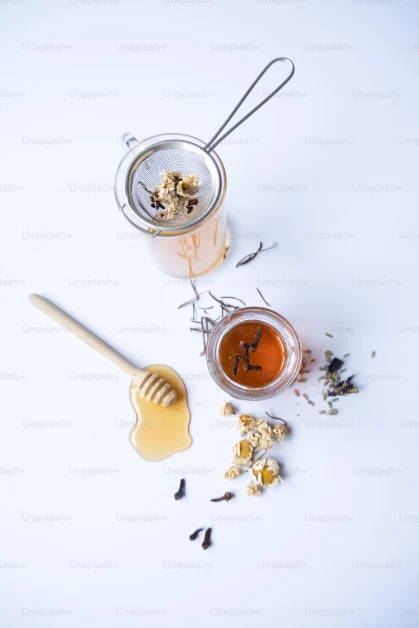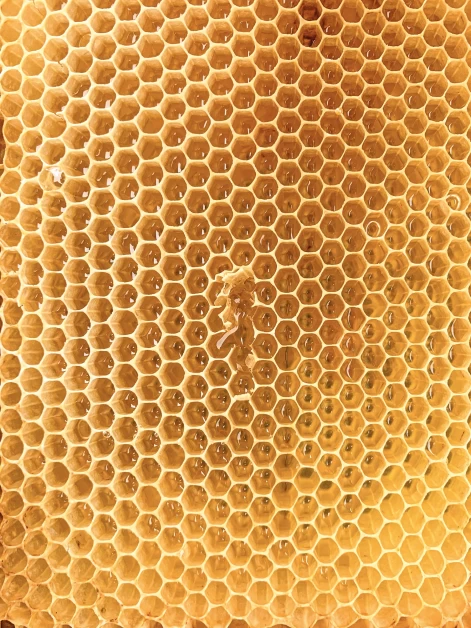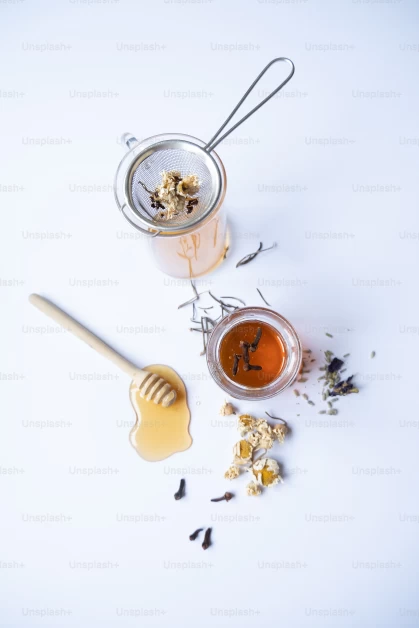Table of Contents
Introduction
Sore muscles after a workout are not uncommon, but for some people, the pain can be severe and last for more than two days. It was previously believed that the accumulation of lactic acid in the muscles was the main cause of inflammation, but scientific views on this issue differ significantly.
Muscle Inflammation and Lactic Acid
Muscle inflammation occurs when there is a sudden load on the muscles, such as during intense workouts. Acute inflammation is more about muscle fatigue and occurs immediately after exercise, while delayed inflammation is a true muscle inflammation that occurs a day or two after intense strength training.
Lactic acid is produced during intense muscular work and its accumulation in the muscles is inevitable. The amount of lactate production depends on the intensity of training and various physiological and metabolic factors. Muscle contraction requires energy provided by metabolic processes, and during this process, chemical energy is converted into mechanical energy. Metabolic processes then break down sugars and fats to release stored chemical energy in the form of ATP and phosphocreatine. Strength training mainly involves anaerobic processes, which result in the production of lactic acid.
Types of Muscle Inflammation
1) Acute muscle soreness occurs at the end of training or immediately after exercise. It is characterized by muscle fatigue, moderate muscle swelling, and mild pain. The accumulation of acid metabolites, X ions, and muscle tissue swelling contribute to the severe muscle pain in the arms and legs at the end of training.
2) Delayed-onset muscle soreness is true muscle inflammation and occurs a day or two after intense strength training. This type of inflammation is mainly caused by eccentric contractions, which create greater forces that act on the elastic and contractile structures of the muscles. This leads to the formation of microtrauma on the muscle fibers and triggers muscle inflammation. Damage to muscle fibers can result in the deterioration and loss of fibers.
Muscle Supplementation – Glutamine
Glutamine supplementation has been found to reduce severe muscle pain in the arms and legs. A study conducted on highly trained athletes found that taking 0.3 g/kg of body weight of glutamine immediately after training and at certain intervals significantly reduced the deficit of explosive power and muscle inflammation. Glutamine intake accelerates recovery after heavy loads and is important for athletes experiencing severe muscle pain.
Glutamine has various functions in the body, including protein synthesis within muscle cells, participation in ammonia detoxification, acting as a nitrogen source for cellular hydration, stimulating growth hormone production, maintaining acidity, strengthening the immune system, serving as a raw material for energy production, and increasing glycogen production. Athletes who use glutamine have reported feeling better, experiencing less severe muscle pain, having more strength, and being more ready for the next workout.
Muscle Supplementation – Honey
Research has shown that honey has various biological potentials and can improve physical performance and reduce inflammation. Honey has been found to correct muscle pathology in inflammatory conditions and reduce the production of inflammatory cytokines and biomarkers of fatigue following strenuous exercise among athletes. It has also been shown to improve exercise tolerance and correct metabolic dysfunctions in heart disease exercisers.
Honey inhibits the activation of the NF-κB pathway, which plays a crucial role in the pathogenesis of inflammation. The anti-inflammatory effect of honey is more pronounced in Manuka honey, thanks to Apalbumin-1. This protein makes Manuka honey more anti-inflammatory than other types of honey and helps relieve sore muscles.
Conclusion
Proper preparation before exercise is just as important as post-workout recovery. Overtraining without sufficient nutrient intake can lead to severe muscle pain in the arms and legs. Gradually increasing exercise intensity, refreshing the body with increased intake of quality calories, and incorporating recovery training can contribute to faster recovery and improved performance.
Glutamine supplementation can accelerate recovery and reduce muscle pain, while honey, especially Manuka honey, has anti-inflammatory properties and can help relieve sore muscles. Including these supplements in your routine can enhance the efficiency of your training process and improve your overall well-being.









